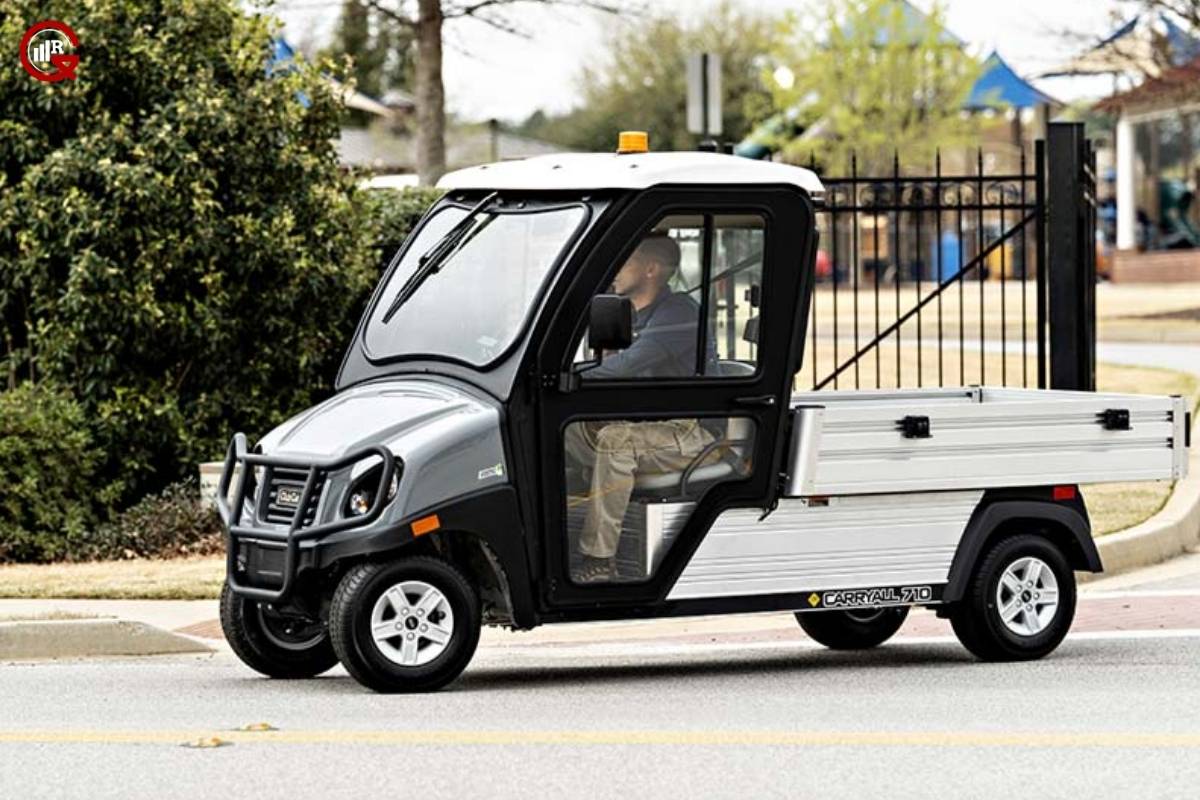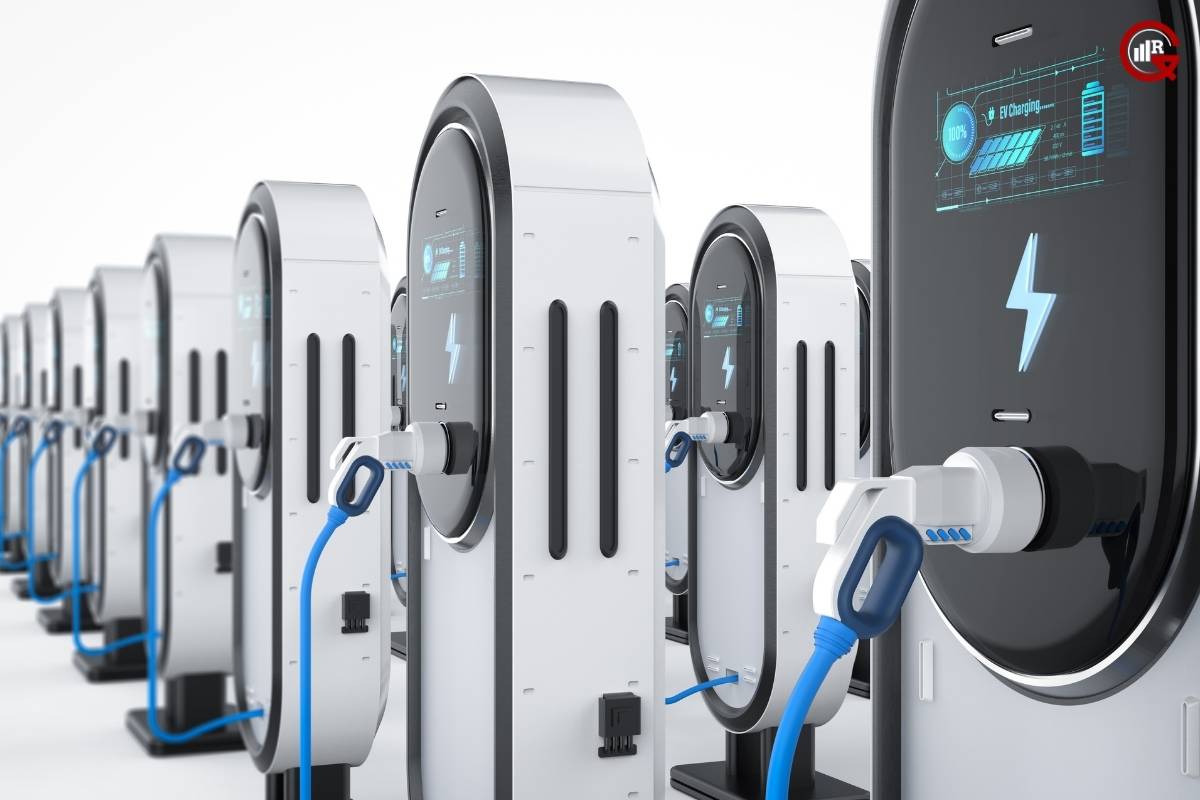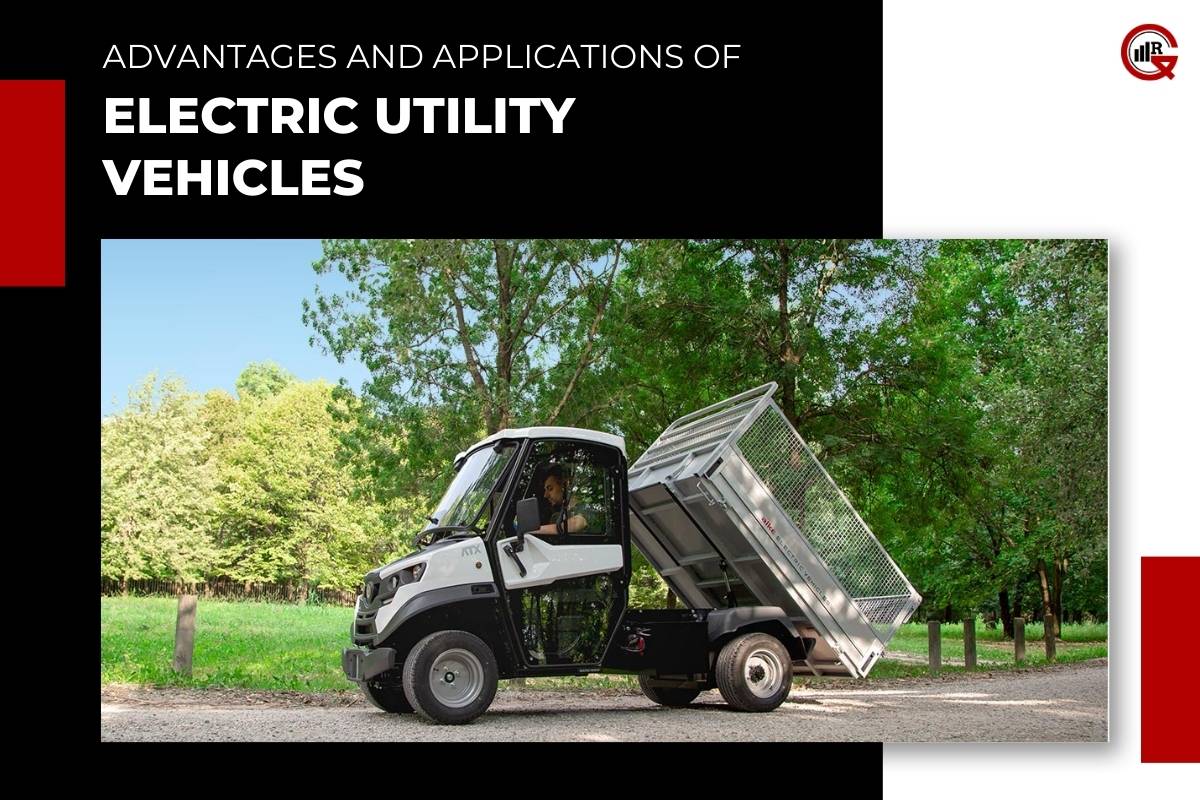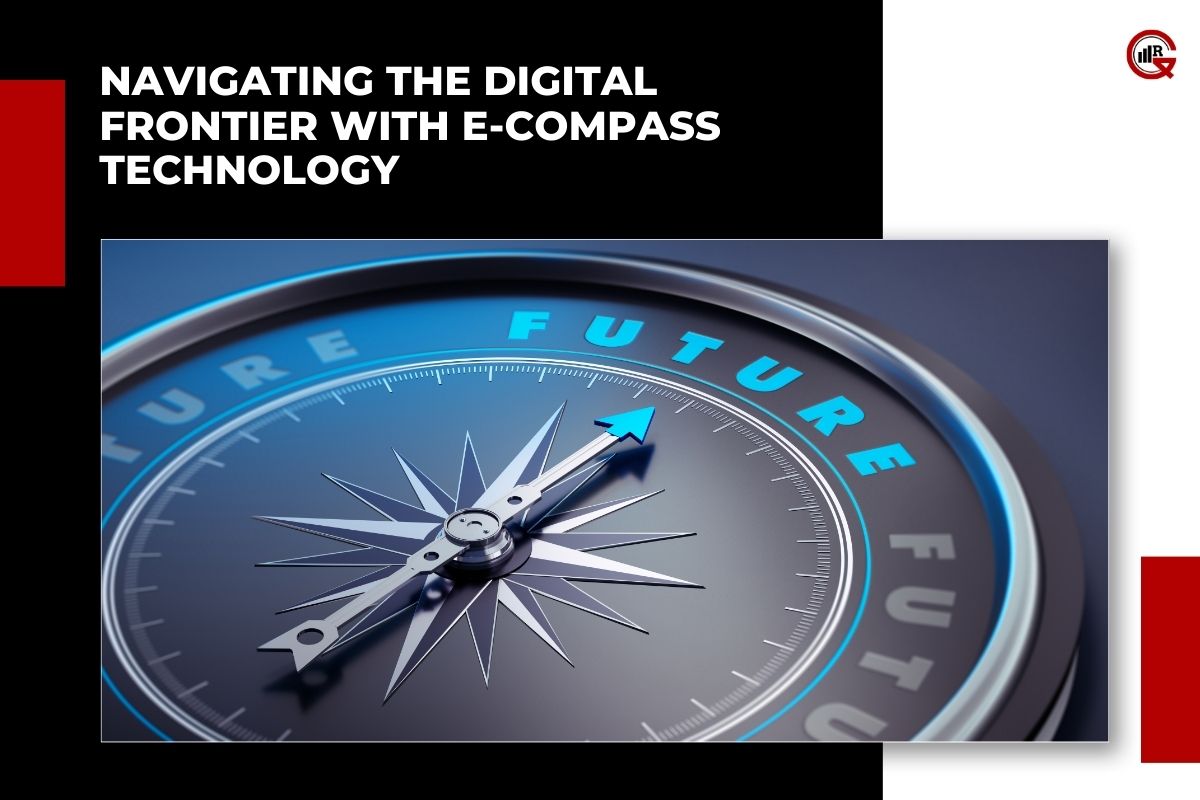(Source-alke.com)
Electric utility vehicles (EUVs) have emerged as innovative solutions in various industries, offering a range of benefits from cost savings to environmental sustainability. As the world continues to prioritize sustainability and efficiency, the adoption of electric vehicles (EVs) in utility applications is gaining momentum. This article explores the advantages and applications of electric utility vehicles, highlighting their impact on different sectors and the growing trend towards electrification.
Understanding Electric Utility Vehicles
They are specifically designed to perform various tasks in utility operations while running on electric power. These vehicles come in a range of sizes and configurations, from compact electric carts to larger trucks and vans. They are equipped with electric motors powered by rechargeable batteries, eliminating the need for traditional fossil fuels.
Advantages of Electric Utility Vehicles

Environmental Sustainability: One of the most significant advantages of EUV is their environmental sustainability. By eliminating tailpipe emissions associated with conventional vehicles, EUVs help reduce air pollution and greenhouse gas emissions, contributing to cleaner air and mitigating climate change.
Cost Savings: While the initial upfront cost of EUV may be higher compared to their conventional counterparts, they offer significant long-term cost savings. Electric vehicles have lower operating and maintenance costs due to fewer moving parts and reduced reliance on fossil fuels. Additionally, as the cost of electricity continues to decrease and renewable energy sources become more prevalent, the cost of charging electric vehicles becomes more competitive.
Quiet Operation: Electric utility vehicles operate much quieter than diesel or gasoline-powered vehicles, making them ideal for use in noise-sensitive environments such as residential areas, parks, and campuses. Their silent operation also reduces noise pollution and improves the overall quality of life in urban and suburban areas.
Energy Efficiency: Electric motors are inherently more energy-efficient than internal combustion engines, converting a higher percentage of energy from the battery into propulsion. This efficiency translates into greater range per charge and lower energy consumption, allowing EUV to cover longer distances on a single charge compared to conventional vehicles.
Reduced Dependence on Fossil Fuels: By transitioning to EUV, organizations can reduce their dependence on fossil fuels and enhance energy security. With the increasing availability of renewable energy sources such as solar and wind power, electric vehicles offer a sustainable alternative to traditional transportation fuels.
Applications of Electric Utility Vehicles

Fleet Operations: EUV are well-suited for fleet operations in various industries, including delivery services, municipal services, and logistics. Companies can electrify their fleets to reduce operating costs, lower emissions, and meet sustainability goals.
Grounds Maintenance: They play a crucial role in grounds maintenance activities, such as landscaping, lawn care, and facility management. Electric carts and trucks equipped with specialized attachments can perform tasks such as mowing, trimming, and debris removal with zero emissions and minimal noise.
Material Handling: In warehouses, manufacturing facilities, and distribution centers, EUVs are used for material handling tasks such as transporting goods, pallets, and equipment. Electric forklifts, tow tractors, and pallet jacks offer efficient and environmentally friendly solutions for indoor and outdoor operations.
Public Transportation: They are increasingly being used in public transportation systems, including electric buses and shuttles for urban and rural routes. These vehicles offer quiet, emissions-free transportation options for passengers while reducing the carbon footprint of public transit systems.
Emergency Services: They are also employed in emergency response and public safety applications, including police patrols, fire department operations, and medical services. Electric vehicles equipped with specialized equipment can navigate congested urban areas and provide rapid response in emergency situations.
Case Studies and Success Stories

Case Study 1: Electric Delivery Vans
A major e-commerce company recently electrified a portion of its delivery fleet by deploying electric vans in urban areas. By switching to electric vehicles, the company reduced operating costs, improved delivery efficiency, and decreased emissions in densely populated areas.
Case Study 2: Municipal Fleet Electrification
A city government implemented a comprehensive fleet electrification program, replacing diesel-powered vehicles with electric utility vehicles in various departments. The initiative resulted in significant cost savings, reduced air pollution, and enhanced sustainability for the city’s operations.
Challenges and Considerations
While EUVs offer numerous benefits, there are also challenges and considerations that need to be addressed for successful adoption.
- Infrastructure: One of the primary challenges is the need for adequate charging infrastructure to support electric utility vehicles. Organizations must invest in charging stations and infrastructure upgrades to ensure reliable access to charging facilities, especially for fleets operating over long distances.
- Range Limitations: EUVs typically have a limited range per charge compared to conventional vehicles. While advancements in battery technology are extending the range of electric vehicles, organizations must carefully consider their operational requirements and charging capabilities to ensure sufficient range for daily tasks.
- Initial Investment: The upfront cost of electric utility vehicles, including the purchase price and infrastructure investments, can be higher than that of conventional vehicles. However, organizations can offset these costs over time through reduced operating expenses and lower total cost of ownership.
- Battery Management: Effective battery management is essential for maximizing the performance and lifespan of EUV. This includes proper charging practices, temperature control, and battery monitoring to optimize efficiency and reliability.
- Regulatory Compliance: Organizations must comply with regulatory requirements and standards related to electric vehicle deployment, including emissions regulations, safety standards, and vehicle licensing. Understanding and adhering to relevant regulations is critical for the successful integration of EUV into operations.
Future Trends and Opportunities
Despite these challenges, the future outlook for EUV is promising, driven by advancements in technology, policy support, and growing demand for sustainable transportation solutions.
- Battery Technology Advancements: Ongoing research and development in battery technology are expected to lead to further improvements in energy density, charging speed, and cost-effectiveness. Advancements such as solid-state batteries and fast-charging infrastructure will enhance the performance and viability of electric utility vehicles.
- Smart Charging Solutions: Smart charging solutions, including vehicle-to-grid (V2G) integration and demand-response programs, will enable optimized charging schedules and grid stability. By leveraging smart grid technologies, organizations can minimize electricity costs and reduce the environmental impact of charging electric vehicles.
- Autonomous and Connected Vehicles: The integration of autonomous and connected technologies in EUV will revolutionize fleet management and operations. Autonomous driving capabilities, combined with real-time data analytics and remote monitoring, will enhance efficiency, safety, and productivity in utility applications.
- Collaborative Partnerships: Collaboration between stakeholders, including government agencies, utility providers, vehicle manufacturers, and technology companies, will drive innovation and accelerate the adoption of electric utility vehicles. Public-private partnerships and collaborative initiatives can address infrastructure needs, regulatory challenges, and market barriers to electric vehicle deployment.
Conclusion
EUVs represent a sustainable and efficient solution for various industries and applications. With their environmental benefits, cost savings, and versatility, EUVs are driving the transition towards electrification in utility operations worldwide. As technology continues to evolve and infrastructure improves, electric vehicles will play an increasingly important role in shaping the future of transportation and energy. By embracing electric utility vehicles, organizations can reduce their carbon footprint, enhance operational efficiency, and contribute to a cleaner, greener future.






